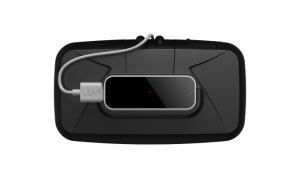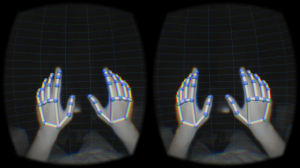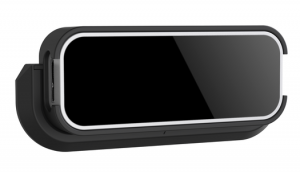

Rather than sticking to keyboard and mouse controller input, Leap Motion unveiled new hardware and software updates that will allow the motion controller to be in-line with your eyes, picking up everything in your field-of-view. The controller tracks your hand movements so you can interact with your computer without ever touching a keyboard, mouse, or computer screen. Remember, this isn't a headset itself, rather an inexpensive mount that attaches to your existing VR headset.


“With next-generation ‘mega-sensors’ like this, a Leap Motion device can literally become your eyes into the digital and physical realms – allowing you to seamlessly mix and mash, fade and blend, between virtual environments and the sharpness of the real world,” David Holz, co-founder and CTO of Leap Motion said.


Although the Leap Motion controller has been tested by developers with VR headsets, the two haven't worked well together until now. The problem was keeping the controller in a fixed position without limiting the user's range of motion. The VR Developer Mount, which the company is rumored to call “Dragonfly”, is a logical evolution; something that has been in the works for a long time. The module opens up unlimited possibilities for developers to blend the virtual world with the physical. Perhaps we will soon be seeing companies like Sony, Oculus, and Samsung buying in to Leap's idea. The mount is available now for $19.99, along with a download of the V2 Beta version of Leap Motion's SDK.

 Laptop & Tablet Parts
Laptop & Tablet Parts




















